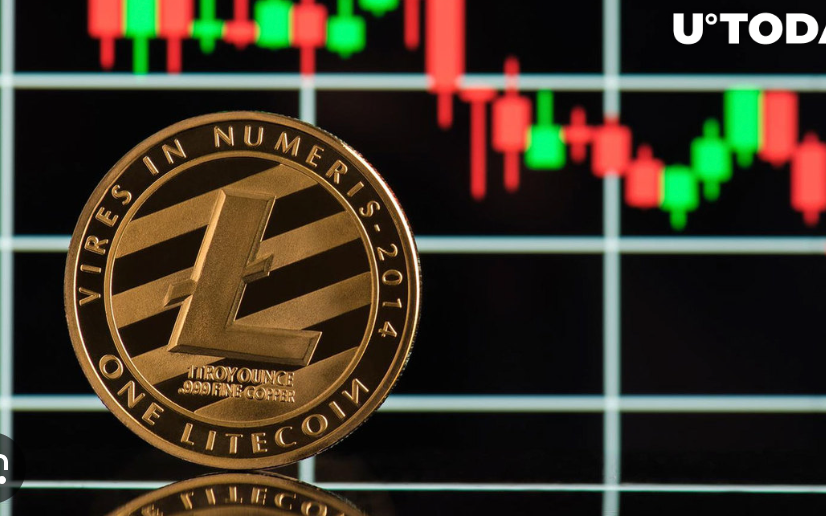#Litecoin #LTC #Bitcoin #Cryptocurrency #Blockchain #Trading #Investing #CryptoMarket
Litecoin (LTC), often referred to as the silver to Bitcoin’s gold, has recently managed to reclaim the $100 level as a key support, marking a noteworthy event for traders and investors within the cryptocurrency community. However, emerging trends and analytics suggest that this achievement might be short-lived, potentially leading to a bearish downturn in the near future. The underlying factors contributing to this potential decline are rooted in the complex interplay between Litecoin’s price movements, its correlation with Bitcoin, and broader market indicators.
One of the primary drivers behind Litecoin’s price resilience has been its historically strong correlation with Bitcoin. As the largest cryptocurrency by market capitalization, Bitcoin’s price stability or gradual recovery tends to have a significant influence on the altcoin market, including Litecoin. This correlation has been a boon for Litecoin, allowing it to ride the wave of Bitcoin’s market movements. Unfortunately, recent data points towards a weakening of this correlation, with metrics showing a drop from 0.89 to 0.7. This decoupling could spell trouble for Litecoin, as past trends suggest that a decrease in correlation with Bitcoin often precedes a drop in Litecoin’s market performance.
Adding to the bearish sentiment is the Price Daily Active Addresses (DAA) divergence metric, a critical indicator of market health. Typically, a low price coupled with high investor participation is viewed as a bullish signal, suggesting that the asset is undervalued and due for a price increase. However, the current situation presents the opposite scenario: Litecoin’s price is relatively high while active addresses, indicating investor participation, are on the decline. This divergence is traditionally interpreted as a sell signal, increasing the likelihood of a significant price correction for Litecoin in the near term.
Moreover, technical indicators such as the Average Directional Index (ADX) and Moving Average Convergence Divergence (MACD) further support a bearish outlook for Litecoin. Despite a brief intra-day trading surge that saw Litecoin’s price increase by approximately 7.5%, these gains were quickly eroded, bringing the price back down to $105. The MACD, a momentum indicator widely used to identify bullish and bearish trends, indicates a loss in bullish momentum. Meanwhile, the ADX, which had crossed the bullish threshold of 25.0, is not expected to sustain these levels, signifying a weakening of the current bullish trend and a potential shift towards bearish market conditions.
In conclusion, while Litecoin has demonstrated resilience by reclaiming the $100 support level, the convergence of declining correlation with Bitcoin, bearish divergence metrics, and unfavorable technical indicators paint a challenging picture for its immediate future. Investors and traders should exercise caution, keeping a close eye on these key factors, as they could significantly influence Litecoin’s market trajectory in the coming weeks.





